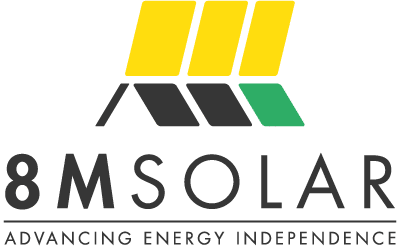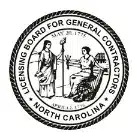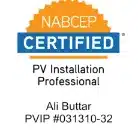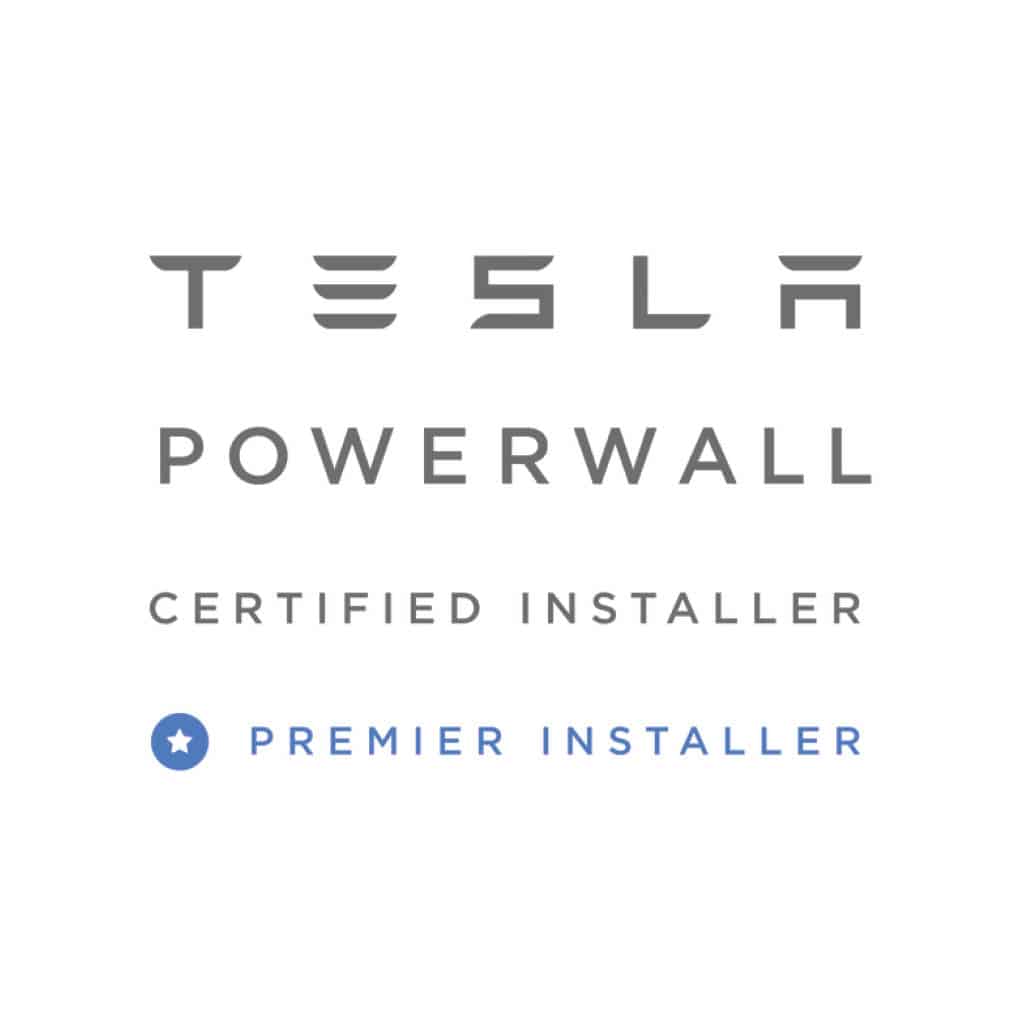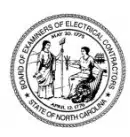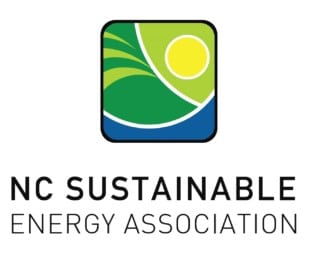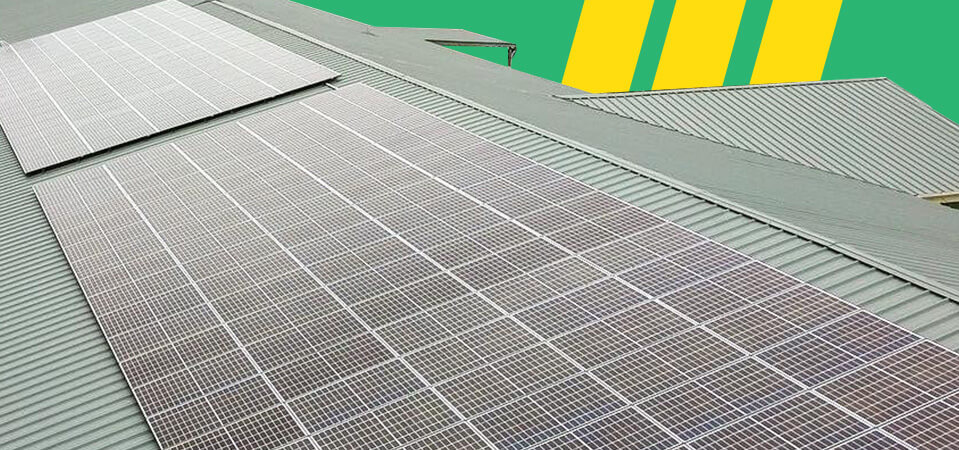
Going Solar
A home’s solar energy system relies on five components working together seamlessly: solar panels, an inverter, an electrical panel, an electric meter, and, of course, sunlight. These elements convert sunlight into usable electricity, powering your home efficiently and sustainably. In this blog, we’ll break down the roles of each component, explain their functions, and show how they create a cohesive solar energy solution tailored to meet your energy needs.
Key Points From This Article
- Five Key Components: A home solar system comprises solar panels, an inverter, an electrical panel, an electric meter, and the sun.
- Harnessing Solar Energy: Solar panels convert sunlight into electricity; they do not generate energy but convert the sun’s energy into a usable form for the home.
- Energy Storage System (ESS): An optional upgrade for solar systems, an ESS stores surplus energy for use when solar panels are not generating power, like at night, or during grid outages for uninterrupted power supply.
- Personalized Solar Solutions: Consulting with an 8MSolar specialist is recommended to find the best solar panel and inverter system for one’s specific home needs.
Table of Contents
Step 1: Harnessing Solar Energy
At the core of every solar energy system is the sun’s power. These systems don’t generate energy themselves; they convert sunlight into electricity for your home. As long as the sun is shining, your panels are capable of producing energy. Even on cloudy days, your system continues to generate power, harnessing the sun’s rays that filter through the clouds.
Step 2: The Role of Solar Panels
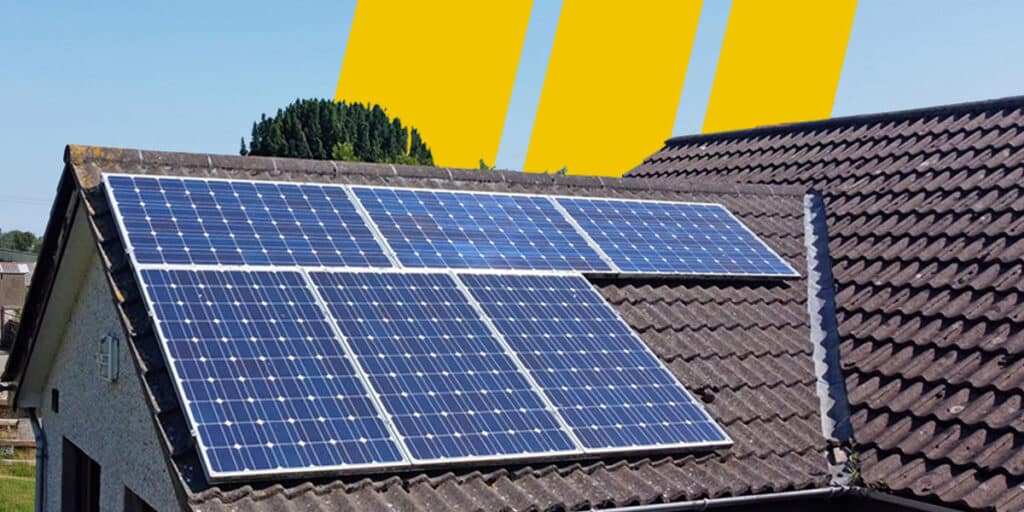
The active players in your solar energy setup are the solar panels, which capture and transform the sun’s energy into electric power. Constructed from silicon, which is a semiconductor, these panels produce DC (direct current) electricity when exposed to sunlight. The energy output of each panel is influenced by several factors: the type of panel, its placement, the time of day, and environmental temperature. To assess a panel’s energy output, examine its efficiency rating, a measure of the power output per square meter (m^2) under Standard Testing Conditions (STC). Generally, a solar panel’s efficiency is in the 17-19% bracket. It’s important to note, however, that efficiency ranges can vary with technological advancements; please consult current data to get the latest figures.
For advice tailored to your home, we advise consulting with an 8MSolar specialist to identify the most suitable solar panel.
Step 3: The Necessity of an Inverter
The DC electricity that your solar panels generate needs to be converted to AC (alternating current) electricity, which is what powers your home and the electrical grid at large. An inverter serves this purpose by converting the DC output of your panels into AC. There are two prevalent inverter types: string inverters and microinverters. String inverters are a centralized solution, positioned on your home’s side and handling electricity from all your panels. On the other hand, microinverters are installed under each solar panel, enabling immediate conversion from DC to AC at the source. 8MSolar installs both types of inverter systems, and for further details on selecting the appropriate one for your needs, we suggest reviewing our blog that compares Microinverters and String Inverters.
Step 4: Energizing Your Home
Your solar setup is connected to the home’s electrical panel, acting as the central hub for energy distribution. This allows the power generated by your solar panels to flow directly to where it’s needed, powering household appliances such as your fridge, dishwasher, air conditioner, or even your electric vehicle.
Step 5: Integrating with the Grid
When your system produces more electricity than your home consumes, the surplus is directed back to the power grid. Conversely, during times when your panels are inactive (such as at night) or if your consumption exceeds what your panels generate, your home draws energy from the grid. This exchange is tracked by your electric meter, enabling solar homeowners to receive credit on their energy bills through net metering.
Step 6: Storing Energy with an Energy Storage System (ESS)
Rather than sending excess energy back to the grid, an Energy Storage System (ESS) captures and stores that power for later use. This stored energy can be used when solar panels aren’t generating power, such as at night, or during a grid outage. Adding an ESS to your solar setup is an optional upgrade that boosts your energy independence and reliability.
A Brighter Future with 8MSolar
To explore solar options that best fit your home, consider speaking with 8MSolar. With the benefits of solar technology, there’s never been a better time to embrace solar power for your home or business. As more people recognize the long-term savings, environmental advantages, and energy independence that solar energy offers, the demand for reliable solar solutions has never been higher. At 8MSolar, we are committed to helping you navigate this transition with ease and confidence. Our team of experienced solar experts works closely with you to design and install a system that meets your specific needs, ensuring optimal performance and efficiency. Whether you’re looking to reduce your carbon footprint, lower utility bills, or increase your energy independence, we’re here to guide you every step of the way. From initial consultation to post-installation support, 8MSolar is your trusted partner in creating a sustainable and energy-efficient future.
